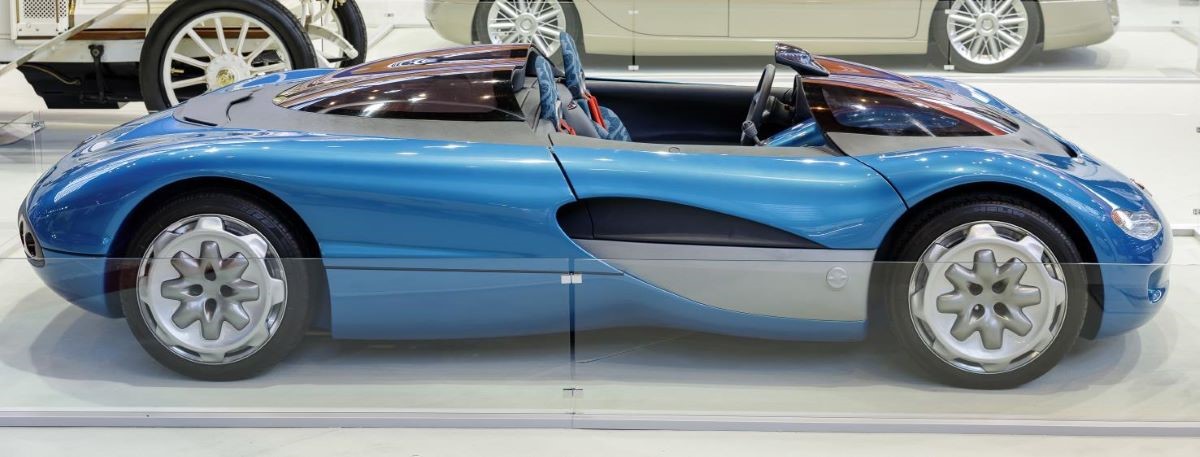
Renault Laguna Concept (1990)
The Renault Laguna Concept was unveiled in 1990. This concept car showcased Renault’s vision for a futuristic and technologically advanced vehicle. The Laguna Concept was a striking, futuristic design with smooth, aerodynamic lines. It featured a sleek, coupe-like profile with a long, flowing roofline and a low stance. The car had a glass roof and large windows, giving it an airy and open feel.
The interior of the Laguna Concept was designed to be spacious and luxurious. It included advanced technology for its time, such as digital displays and innovative controls. The seats were designed to be comfortable and supportive, emphasizing a high level of passenger comfort.
The Laguna Concept was equipped with advanced safety and convenience features. It showcased Renault’s ideas for integrating technology into the driving experience, including electronic systems for improved vehicle control and driver assistance.
The exact engine specifications of the Laguna Concept are not well-documented, as it was primarily a design and technology showcase rather than a production-ready vehicle. The focus was on the innovative design and features rather than performance specifications.
The Renault Laguna Concept was well-received for its bold design and advanced features, while it did not go into production, the design elements and technological concepts influenced future Renault models. The Laguna name was later used for the mid-size family car produced by Renault from 1994 to 2015.


Renault Scénic concept car (1991): In-car comfort, relevant technologies, safety and responsible performance
Unveiled in 1991 at the Frankfurt Motor show, the Scénic concept car’s name was an acronym of Safety Concept Embodied in a New Innovative Car.
Designed to appeal to a family clientele attracted by the idea of travelling in a ‘cocoon’, the Scénic concept car majored in spaciousness, modularity and safety: this compact MPV concept was capable of comfortably accommodating a family, courtesy of a new way of managing its shape and interior space. The sliding doors offered easy access to the vehicle, while seat belts specially adapted for children and a drowsiness detection device ensured that safety was a leading priority.

You must be logged in to post a comment.